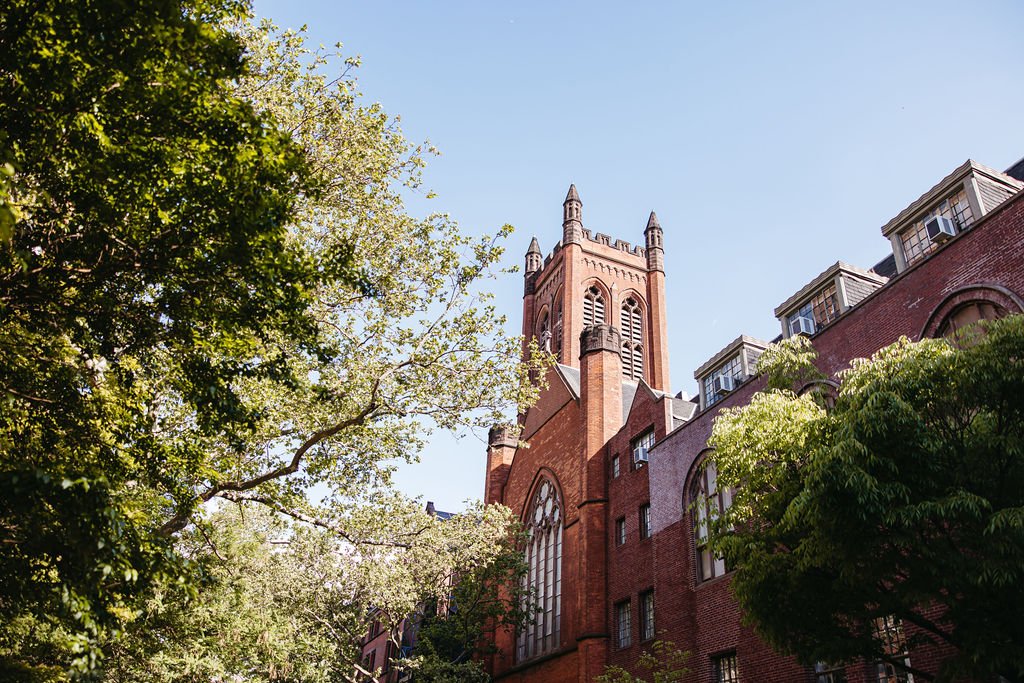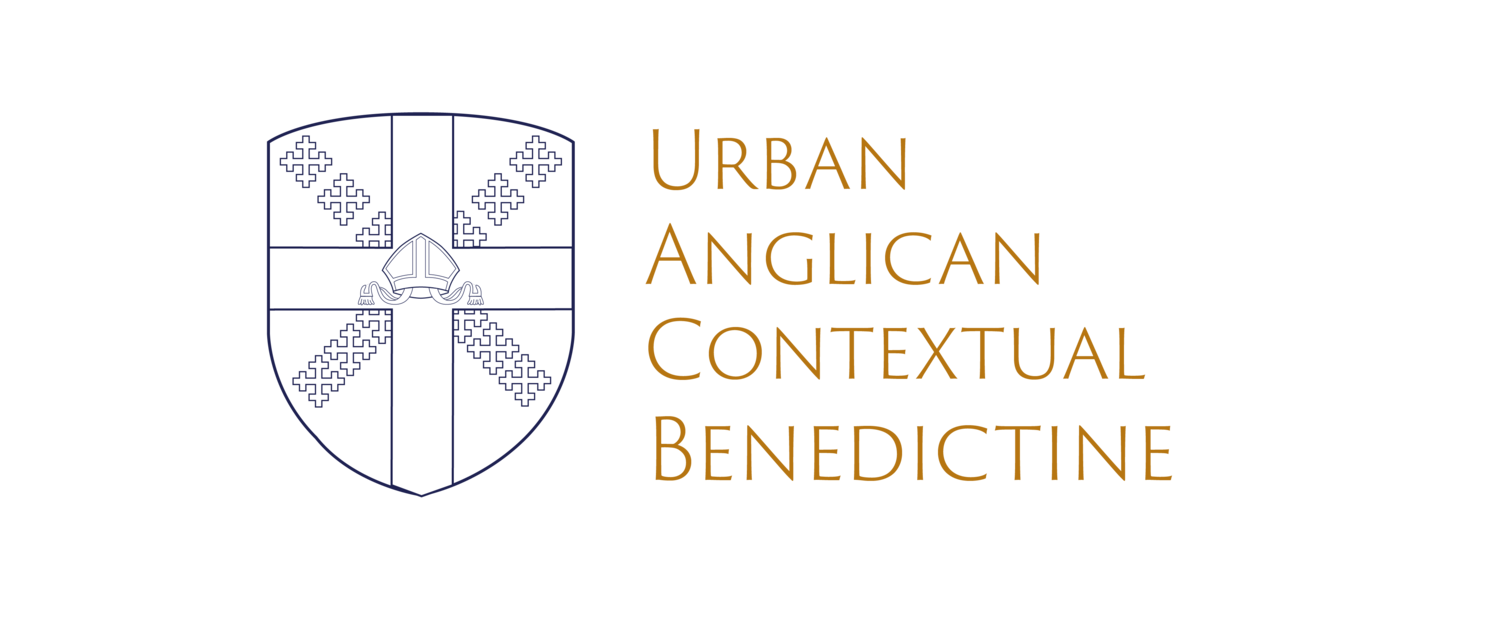
HISTORY
General Seminary's mission, to educate and form leaders for the church in a changing world, has been a central focus throughout its long history. Chartered by General Convention in 1817, General's very name was chosen to reflect the intention of its founders: that it would serve the entire Episcopal Church. Church leaders, with a burst of national vision, conceived a theological institution that would belong to the whole Episcopal Church, where students from all parts of the country would come to prepare for ordination.
In 1819, Clement Clarke Moore, who would later become a professor at General, but who is best known as the author of the poem which begins, "Twas the night before Christmas," gave a large parcel of land, an apple orchard, to the Church on condition that a seminary be built there.
The land stood on the west side of Manhattan close to the Hudson River. East Building, the Seminary's first home, was erected in 1827 and was joined in 1836, by West Building, built to house 60 students. The Seminary's location in New York City quickly proved to be a great asset and defining characteristic.
Throughout its history General has followed its mandate to be a seminary of the whole church, a vision that has broadened to include the ecumenical community, the Anglican Communion, the City of New York, our country, and our world. Toward the end of the 19th century Dean Eugene Augustus Hoffman began an ambitious building program, dubbed in the press as “Dean Hoffman's Grand Design.”
At its center was the jewel of the Dean's design, the Chapel of the Good Shepherd. Between the 1930's and 60's several other more modern buildings were added including a new library.
Since 1822 General has graduated over 7,000 men and women. Our worldwide alumni/ae now total approximately 2,400. GTS graduates serve primarily in the Episcopal Church. In recent decades an increasing number of GTS students are preparing for serving Christ as lay persons along side those who plan to be ordained.
By erecting a series of stately brick buildings — dormitories, faculty apartments, and a classroom building — around the perimeter of the block, a magnificent quadrangle or “Close,” after the fashion of English universities, was created.


